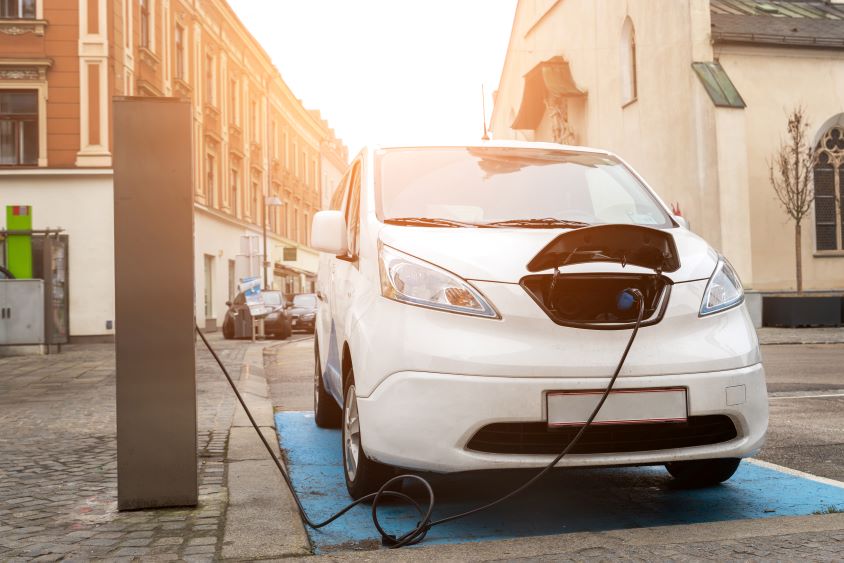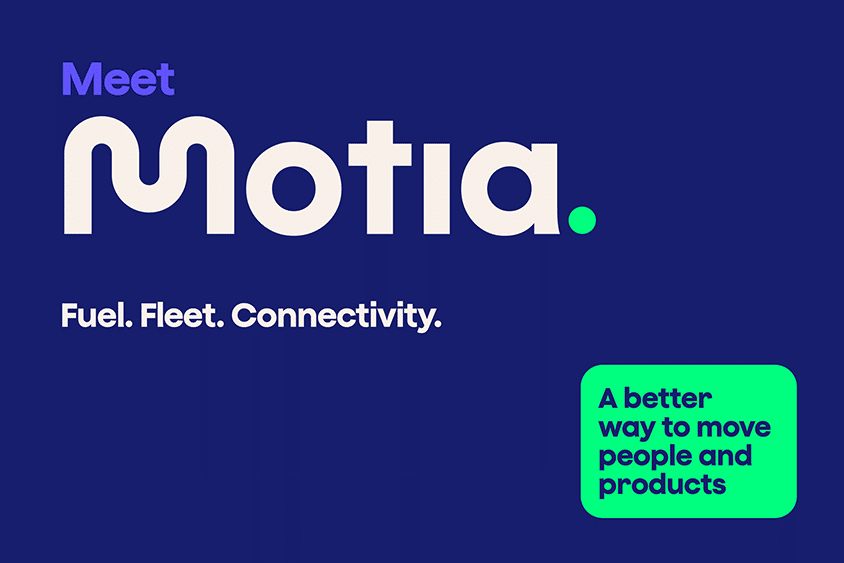Last Mile Delivery: Sustainable EV Delivery Vans
Written by: Marion Hanson, Last updated:16th October 2024

The UK delivery industry has seen rapid growth over the past decade. In 2013, around 1.7 billion parcels were processed each year, rising to 4.2 billion by 2021. In 2023, the industry was handling approximately 5 billion parcels annually, driven by the ongoing rise in e-commerce popularity.
This increasing number of deliveries means more delivery vehicles on the road and all the emissions that come with them. In this blog we’ll take a look at this last leg of the shipping process, breaking down last mile delivery and how electric vans and other EVs could help increase the sustainability of the delivery costs and save money for fleets.
What is a Last Mile Delivery
Last mile delivery refers to the last step in the creation and delivery process, where the product is transported to the customer. Not only is the last mile delivery a huge influencer of customer satisfaction but it is also the most costly step of the shipping process, both in terms of money and time.
This is because, compared to earlier steps in the shipping process that might see large quantities of a product shipped in bulk from one stop to the next, the last mile deliveries are more often comprised of more stops but a lower drop size.
In addition, the nature of last mile deliveries having to visit a variety of locations and often in suburban areas means that they are not very efficient on fuel consumption. Housing estates, cul-de-sacs and other suburban street set ups means a high fuel consumption compared to long haul trips that are spent largely on motorways and a-roads and at steady speeds.
Not only does this lower rate of fuel efficiency have a negative impact on fleet finances, but it is also detrimental to the environment, particularly since online shopping has increased so drastically since the coronavirus pandemic and the increase of home working.
So, what can be done to improve cost efficiency and reduce environmental impact of the last mile?
Last mile delivery tracking
Last mile carrier tracking provides customers with real-time updates on their shipment’s location through a last mile delivery software, helping them better anticipate its arrival.
For companies, it highlights gaps along the delivery route, ensuring timely deliveries while minimising costs.
By integrating telematics, businesses can further optimise delivery efficiency by monitoring vehicle performance and route conditions.
How to improve last mile delivery: EVs last mile delivery
Electric vehicles have been growing in number in the UK with 530,000 battery-electric cars and 405,000 plug-in hybrid cars now on the roads. This also accounts for an increasing number of last mile delivery vehicles, which is undoubtedly a step in the right direction for sustainable delivery.
Last mile delivery costs
With last mile delivery being the most costly leg of the delivery process, innovations that reduce spending are always welcome. Last mile delivery journeys are convoluted in comparison to long-haul trips, meaning they are more consumptive of fuel with more varied speeds and an increased amount of stopping and starting.
Electric vehicles are better suited for more inefficient driving like that in urban areas firstly because the cost is often lower to recharge EVs than to refill their combustion engine counterparts.
Regenerative braking is the next feature that makes these types of vehicles a great urban area and last mile vehicle.
What is regenerative braking?
Regenerative braking is the repurposing of all the kinetic energy otherwise lost when a moving vehicle brakes, putting that energy back into the battery. It takes the energy from the friction produced from the pressing together of the brake pads and brake discs that would usually be wasted in a combustion engine vehicle and reuses it, elevating an EVs mileage.
Vehicles that travel in a lot of urban areas, like most last mile electric vans and cars, will frequently be braking for junctions, roundabouts, and crossings. All of these are opportunities to add charge to the EV battery, providing extra mileage for the day’s deliveries.
Last mile delivery challenges
Whilst the range of EVs is ever increasing and we are seeing more and more long-range EVs on the market, last mile delivery will still benefit from being able to apply shorter range EVs to the task. Whilst we are more regularly seeing EVs with 200 miles range and more, this sort of mileage capability is not necessarily something last mile electric vans need.
Of course, there are some last mile delivery drivers that will be travelling longer distances in the course of a day, but they are likely to be those operating in more rural areas.
Sustainable last mile delivery
There is no understating the value of reducing emissions for any journey. With home deliveries set to add £20 billion to the UK economy by 2025, last mile deliveries need to step up to sustainable expectation to ensure this increase in online shopping has minimal connotations for the environment.
Electric delivery vehicles help to negate what could be harsh impact on the environment by providing the public and businesses with their goods with a significantly decreased carbon output. The CO2 saving of an electric vehicle compared to a petrol one will depend on the make of the car as well as where it is being driven; nonetheless, EVs still offer lower CO2 emissions than their combustion engine counterparts.
Wondering how to start transitioning your fleet of delivery vehicles to EVs? Check out our EV hub, where you’ll find a range of support from reducing your charging costs to help with setting up charging points.
Delivery fleet EV charging
Transitioning a delivery fleet to electric vehicles (EVs) requires a well-planned charging infrastructure to ensure efficiency and reduce downtime. Here are some key considerations:
EV delivery van charging infrastructure
Installing EV charging points at fleet depots is essential. Depending on fleet size, a mix of slow and fast chargers may be needed. Fast chargers (22kW or more) are ideal for minimising charging time between deliveries.
EV delivery van charging management systems
Fleet operators should use smart charging systems to manage electricity usage, monitor charge levels, and schedule off-peak charging to reduce energy costs.
Public EV delivery charging networks
For fleets that operate beyond depots, having access to reliable public charging stations is critical. Establishing partnerships with charging network providers can offer drivers a seamless charging experience.
EV delivery van cost savings
While initial infrastructure investments can be high, EV fleets benefit from lower operational costs over time, including fuel savings and reduced maintenance expenses.
EV delivery van sustainability
EV delivery fleets contribute to lower emissions, supporting sustainability goals. Additionally, many governments offer incentives and grants for businesses investing in fleet electrification and charging infrastructure.
Efficient EV charging management can significantly enhance the performance and cost-effectiveness of an electric delivery fleet.
Last mile delivery solutions with Fuel Card Services
The future of last mile deliveries requires businesses to be “more agile in adjusting to market trends, maintaining an openness towards learning and reinvention, and promoting a newfound flexibility as a baseline for the transport industry.” according to Lee Spratt, CEO of DHL E-commerce.
If your last mile delivery business is looking to make the change to an EV delivery van. We can help prepare you with EV charging or an EV charge card.
Please contact us today for further information.
back


